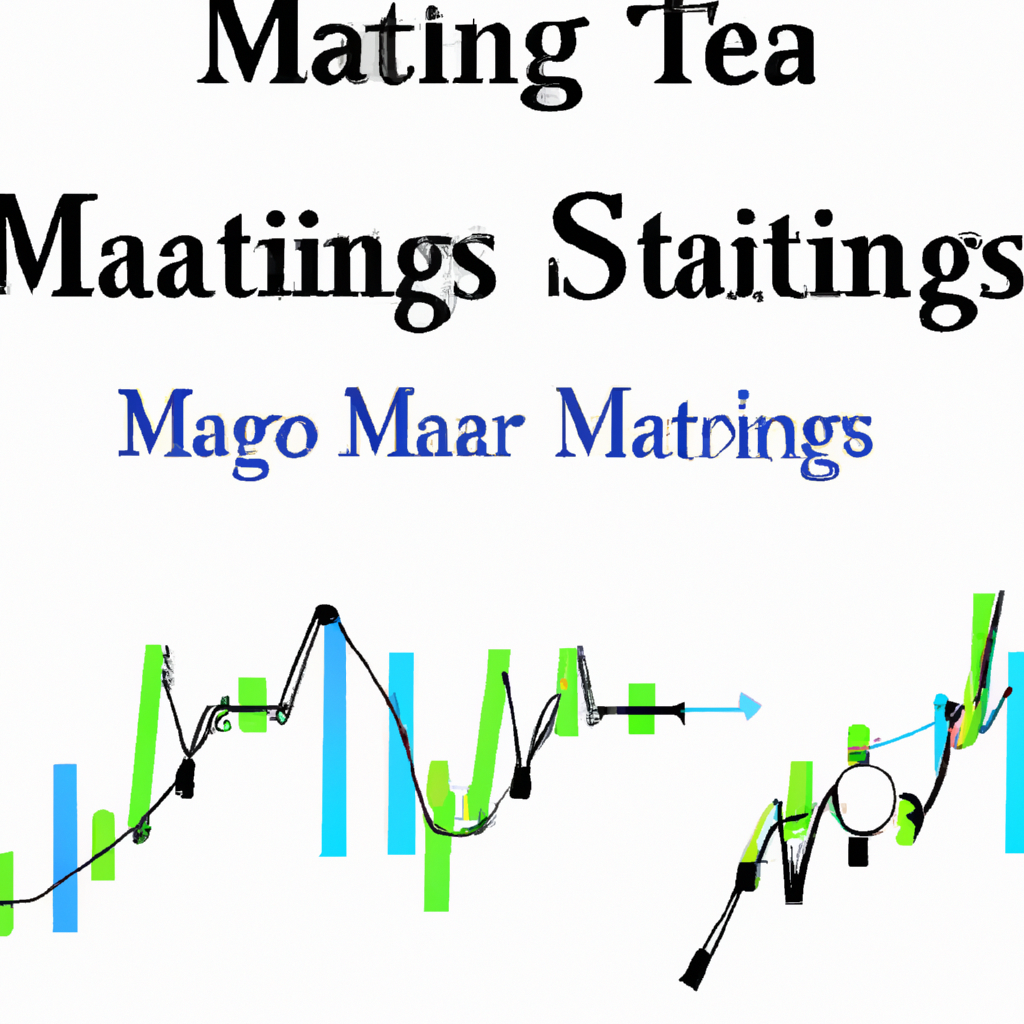
Multiple Moving Averages Strategies: A Guide to Effective Trading
Introduction
When it comes to technical analysis in the stock market, moving averages are one of the most commonly used indicators. Moving averages help traders identify trends, gauge market sentiment, and make informed trading decisions. However, using multiple moving averages in combination can provide even more powerful insights. In this article, we will explore various multiple moving averages strategies that can enhance your trading skills and improve your profitability.
1. Dual Moving Average Crossover Strategy
The dual moving average crossover strategy is one of the simplest and most widely used multiple moving averages strategies. It involves using two moving averages of different periods and looking for their crossover points to generate buy or sell signals.
Here are the steps to implement this strategy:
- Select two moving averages with different time periods. For example, a popular combination is the 50-day and 200-day moving averages.
- When the shorter-term moving average (e.g., 50-day) crosses above the longer-term moving average (e.g., 200-day), it generates a bullish signal, indicating a potential uptrend. Traders may consider buying the stock.
- Conversely, when the shorter-term moving average crosses below the longer-term moving average, it generates a bearish signal, indicating a potential downtrend. Traders may consider selling or shorting the stock.
2. Triple Moving Average Crossover Strategy
The triple moving average crossover strategy builds upon the dual moving average strategy by adding an additional moving average. This strategy aims to provide more confirmation signals and reduce false signals.
Here are the steps to implement this strategy:
- Select three moving averages with different time periods. For example, you can use 10-day, 50-day, and 200-day moving averages.
- When the shortest-term moving average (e.g., 10-day) crosses above the middle-term moving average (e.g., 50-day), and the middle-term moving average crosses above the longest-term moving average (e.g., 200-day), it generates a bullish signal. Traders may consider buying the stock.
- Conversely, when the shortest-term moving average crosses below the middle-term moving average, and the middle-term moving average crosses below the longest-term moving average, it generates a bearish signal. Traders may consider selling or shorting the stock.
3. Moving Average Ribbon Strategy
The moving average ribbon strategy involves plotting multiple moving averages of varying time periods on the same chart. This strategy helps traders visualize the strength and direction of the trend more clearly.
Here are the steps to implement this strategy:
- Select multiple moving averages with increasing time periods. For example, you can use 10-day, 20-day, 30-day, and so on.
- Plot these moving averages on the same chart. The resulting ribbon-like pattern can provide insights into the trend’s strength and potential reversal points.
- When the moving averages are tightly packed together, it indicates a period of consolidation or indecision. Traders may choose to stay on the sidelines.
- Conversely, when the moving averages diverge or cross over each other, it suggests a potential trend change. Traders may consider entering or exiting positions accordingly.
Conclusion
Multiple moving averages strategies offer traders a systematic approach to analyzing market trends and making informed trading decisions. By combining different moving averages, traders can improve the accuracy of their signals and reduce false positives. It is important to experiment with various combinations and time periods to find the strategy that best suits your trading style and objectives. Remember to always practice proper risk management and use multiple indicators in conjunction with other technical analysis tools for a comprehensive trading approach.





